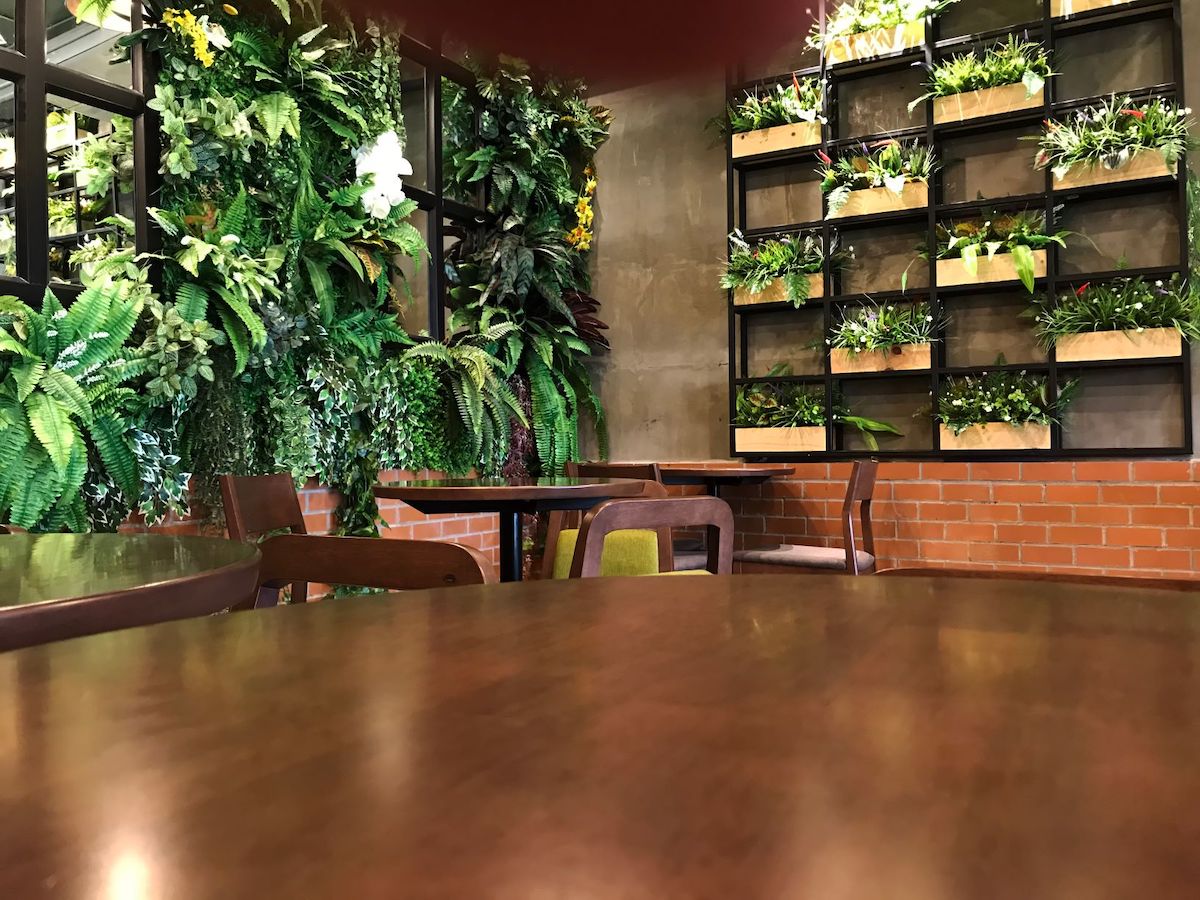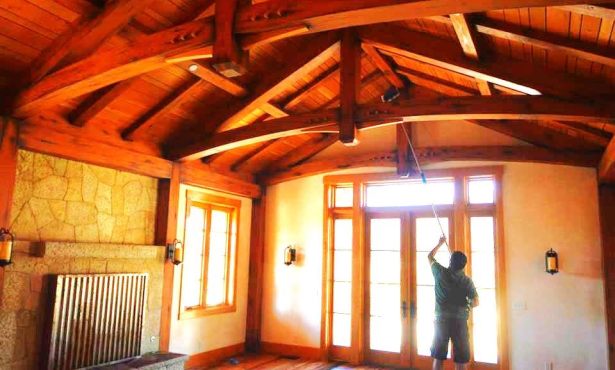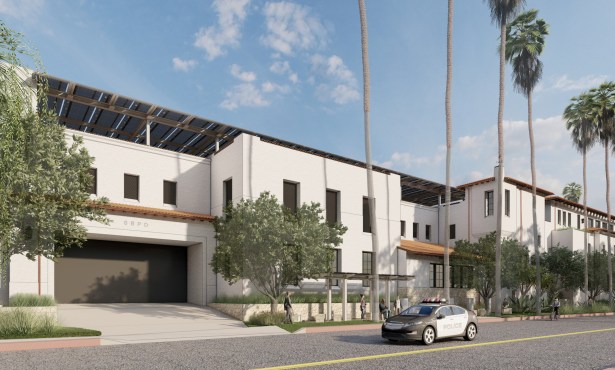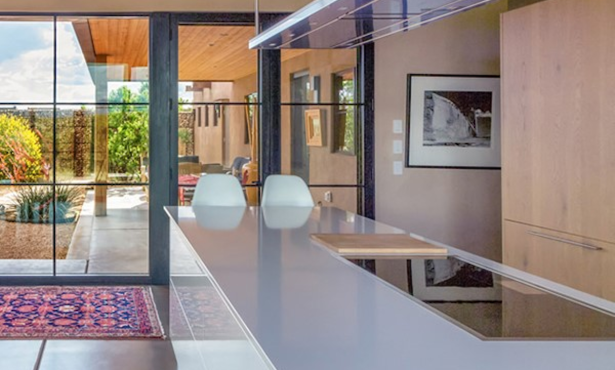The Biophilic Buzz
All About Nature-Inspired Design

Biophilia. What does this strange word mean? Studies have shown that all three mind-body systems — cognitive, psychological and physiological — are impacted by one’s environment. This is where biophilic design comes in: using evidence-based design to ensure that people’s health and well-being are not only maintained, but even improved by their environments.
The 5 Most Important Aspects of Biophilic Design
(1) Visual Connection with Nature. Viewing scenes of nature stimulates a large portion of the brain’s visual cortex, which triggers more pleasure receptors in our brain. Establish a view to elements of nature, living systems and natural processes such as through a window or balcony, and arrange furniture to maximize views. Heart rate recovery has shown to occur 1.6 times faster when a space has a glass window with a nature view versus a high-quality simulation, such as a video, of the same nature view, or no view at all.
(2) Nonvisual Connection with Nature. Our sight is not the only way we perceive our surroundings. Exposure to nature sounds, when compared to urban or office noise, accelerates physiological and psychological restoration up to 37 percent faster after a psychological stressor. These sounds can also reduce cognitive fatigue and help increase motivation. Incorporating nature sounds and aromatherapy into a space aren’t just reserved for a spa anymore! Participants of one study who either listened to river sounds or saw a nature movie with river sounds during a post-task restoration period reported having more energy and greater motivation after the restoration period compared to participants who only listened to office noise or silence. In addition, viewing a nature movie with river sounds during the restoration period had a more positive affect than only listening to river sounds alone. Combining methods makes the positive impact even greater. The act of touching pets and real plant life, versus synthetic plants, has shown to induce relaxation through a change in cerebral blood flow rates.
(3) Thermal & Airflow Variability. People like moderate levels of sensory variability in the environment, including variation in light, sound, and temperature. Even subtle changes in air temperature, relative humidity, airflow across the skin, or surface temperatures can help to mimic natural environments. Consider how welcome a cool breeze is on a hot sunny day, or a rest upon a warm rock on a chilly afternoon. Providing variable seating options with differing levels of solar heat gain indoors and outdoors, or proximity to windows can create opportunities for these moments of change, thus improving the overall satisfaction of a space.
(4) Presence of Water. The sounds created by small-scale running water, and our capacity to touch it, are healing. Vistas to large bodies of water or physical access to natural or designed water bodies also have healing effects so long as they are perceived as “clean” or unpolluted. Images of nature that include water are also more likely to help reduce blood pressure and heart rate than similar imagery without water.
(5) Dynamic & Diffuse Light. In nature we encounter varying intensities of light and shadow that change over time. Sunlight changes color from yellow in the morning, to blue at midday, and red in the afternoon/evening. The changes affect our body temperature, heart rate, and even circadian functioning. Higher content of blue light produces serotonin; whereas an absence of blue light (which occurs later in the day and at night) produces melatonin. The balance of serotonin and melatonin are linked to sleep quality, mood, alertness, depression, breast cancer, and other health conditions.
It’s exciting to see growth in both research and application of biophilic design practices, especially as we continue to spend many hours indoors. The even better news is that every space can be improved with some, or all, of these biophilic design principles.
Elisa Garcia leads Zen Spaces, a wellness-focused interior design firm based in Santa Barbara. Architecturally Speaking is written by members of the American Institute of Architects’ Santa Barbara chapter.



